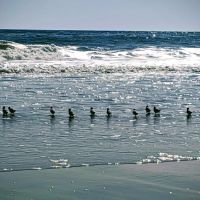Amagansett National Wildlife Refuge Introduce
For New Yorkers seeking a genuine escape into unspoiled coastal nature, the Amagansett National Wildlife Refuge offers a truly special experience on the eastern end of Long Island. Far from the bustling city, this refuge provides a critical habitat for a variety of wildlife, particularly shorebirds, and boasts a unique double dune system that is increasingly rare. It's a place where the wild beauty of the Atlantic coast takes center stage, offering a serene and often uncrowded natural setting for visitors to connect with nature.
The Amagansett National Wildlife Refuge is a vital sanctuary, primarily known as a "Beach & dune nesting area for piping plovers and least terns." These federally protected species rely heavily on the refuge's fragile shore habitat for their survival, making conservation efforts here paramount. While some visitors might find "Not much to see" in terms of large, easily spotted wildlife, the true beauty and significance of the refuge lie in its pristine natural landscapes. As another review highlights, the "surrounding beaches and dunes are beautiful and uncrowded," offering a rare opportunity for peaceful contemplation and appreciation of a relatively untouched coastal ecosystem. It's a place where the wildness of the ocean meets the delicate balance of the dunes, creating a stunning backdrop for quiet walks, birdwatching, and photography. The refuge is managed by the U.S. Fish and Wildlife Service, emphasizing its federal importance in preserving fish, wildlife, and plant resources and their habitats. This dedication to conservation ensures that this "Beautiful place" remains a haven for both wildlife and the discerning visitor seeking a tranquil outdoor experience. It's a true natural treasure on Long Island's south fork, where the rhythm of the waves and the cries of the gulls define the atmosphere.
The Amagansett National Wildlife Refuge is located at 290 Bluff Rd, Amagansett, NY 11930, USA. This address places it directly on the shore of the Atlantic Ocean on Long Island's scenic South Fork, within the charming hamlet of Amagansett, part of the Town of East Hampton.
For New Yorkers, reaching this refuge typically involves a drive, as public transportation options to this specific, somewhat secluded coastal area are limited.
- By Car: Driving is the most common and convenient way to access the refuge. From New York City, visitors would take the Long Island Expressway (I-495) east, transitioning to NY-27 East (Sunrise Highway/Montauk Highway) towards the Hamptons. Amagansett is further east of East Hampton. Bluff Road is a local road that runs along the coast. It's advisable to use GPS navigation to pinpoint the exact entrance on Bluff Road. On-site parking availability may be limited, particularly during peak seasons, and visitors should be mindful of any local parking regulations.
- Public Transportation (Limited): While direct public transit to the refuge entrance is not readily available, the Long Island Rail Road (LIRR) offers service to Amagansett station. From the station, reaching the refuge would require a taxi, ride-share service, or potentially a significant walk, as the refuge is situated on the ocean side. Local bus services in the Hamptons area might have stops on main roads, but again, a final leg of the journey would likely involve alternative transport or a walk.
The refuge's location offers a sense of remote natural beauty, but visitors should plan their transportation accordingly, understanding that it is less directly accessible by public transit than urban parks. Its coastal setting, however, is precisely what contributes to its unique ecological value and tranquil atmosphere.
Amagansett National Wildlife Refuge, as a protected natural area, offers services focused on conservation and wildlife-dependent recreation. While it does not have a traditional visitor center or extensive built facilities, its primary services include:
- Wildlife and Habitat Conservation: The core service is the protection and management of fragile shore habitats, particularly the unique double dune system, and the conservation of species like piping plovers and least terns. This includes seasonal closures of certain beach areas during nesting seasons to protect vulnerable birds.
- Wildlife Observation and Photography: The refuge provides opportunities for visitors to observe and photograph a variety of wildlife, including shorebirds, migrating raptors, songbirds, and possibly seals offshore.
- Beachcombing: Visitors are permitted to walk along the beach, enjoying the natural coastal environment and collecting shells (within refuge regulations, ensuring no disturbance to wildlife).
- Fishing: Shoreline fishing is allowed in designated areas, requiring a free New York state saltwater fishing license. Common species include striped bass, weakfish, and bluefish.
- Nature Trails/Walking Access: While extensive, marked hiking trails may not be the primary focus, the beach section of the refuge is open to the public for walking and strolling, allowing visitors to experience the unique dune system and coastal ecosystem. Visitors can explore paths along the dunes.
- Environmental Education (Passive): Though formal programs may be limited, the refuge serves as an outdoor classroom where visitors can learn about coastal ecosystems, endangered species, and conservation efforts through self-guided observation and interpretive signage (if available).
It is important to note that the refuge emphasizes minimal impact and respectful visitor conduct to protect the delicate ecosystem. "There are no amenities located at this national wildlife refuge," as stated by the U.S. Fish & Wildlife Service, meaning visitors should come prepared with their own water, restrooms, and other necessities.
The Amagansett National Wildlife Refuge boasts several unique features and highlights that make it a compelling destination for nature enthusiasts and those seeking unspoiled coastal beauty:
- Critical Habitat for Endangered Birds: A paramount highlight is its role as a vital nesting and foraging area for federally protected species, most notably piping plovers and least terns. This makes it a crucial site for biodiversity and conservation on Long Island.
- Unique Double Dune System: The refuge protects a rare double dune system, a habitat type that has largely been lost on Long Island due to development. This geological feature is not only visually striking but also ecologically significant, supporting a unique array of plants and providing shelter for wildlife.
- Uncrowded, Beautiful Beaches: As noted by visitors, the "surrounding beaches and dunes are beautiful and uncrowded." This offers a rare opportunity in New York to experience a relatively pristine and peaceful coastal environment, ideal for quiet walks and nature appreciation.
- Impressive Array of Rare Plants: In the spring and summer, the secondary dunes and swales display an impressive array of rare orchids, wildflowers, and grasses, adding to the refuge's ecological value and visual appeal.
- Bird Migration Stopover: Amagansett is a prime stopover for migrating raptors, shorebirds, and songbirds, especially during spring and fall. This makes it an excellent location for birdwatching, with potential sightings of merlin, Cooper's hawk, kestrel, sharp-shinned hawk, and peregrine falcon during migration, and long-tailed ducks, white-winged scoters, and common loons in winter offshore.
- Wildlife Viewing Opportunities: Beyond birds, the refuge's diverse habitats (beach, dunes, swales) offer opportunities to observe various other wildlife, including sea turtles, harbor seals offshore, and various insects and smaller fauna adapted to the coastal environment.
- Federal Protection: Being part of the National Wildlife Refuge System, managed by the U.S. Fish and Wildlife Service, ensures a strong commitment to the long-term conservation and restoration of its natural resources.
As a National Wildlife Refuge managed by the U.S. Fish and Wildlife Service, Amagansett National Wildlife Refuge does not offer commercial "promotions or special offers" in the retail sense. Its core "offer" is its consistent, free public access and its vital role in wildlife conservation. However, we can highlight aspects that serve as ongoing benefits or "offers" to local users:
- Free Public Access: The most fundamental "promotion" is that entry to the Amagansett National Wildlife Refuge is free for all members of the public. This ensures equitable access to a pristine natural environment for wildlife observation, photography, and peaceful recreation without any financial barrier.
- Access to Uncrowded, Pristine Beaches: In a region where many beaches can be very crowded, the refuge's "beautiful and uncrowded" beaches are a continuous "offer" of a serene and unblemished coastal experience, a rare commodity in the New York area.
- Opportunities for Unique Wildlife Viewing: The chance to observe endangered species like piping plovers and least terns in their natural nesting habitats, as well as a variety of migratory birds and other coastal wildlife, is a unique and invaluable "offer" for nature enthusiasts and birdwatchers.
- Contribution to Conservation: By visiting and respecting the refuge's guidelines, locals indirectly "participate" in crucial conservation efforts, contributing to the protection of vulnerable species and fragile ecosystems. This sense of shared stewardship is an ongoing benefit.
- Free Educational Opportunity: The refuge serves as a living laboratory, offering passive environmental education through observation of its unique double dune system, rare plants, and diverse wildlife. This free learning experience about coastal ecology is a continuous offer.
It's important to remember that while entry is free, parking in the vicinity may sometimes be subject to local regulations or fees, especially during peak season, though this is managed by local authorities rather than the refuge itself.
For inquiries regarding Amagansett National Wildlife Refuge, including information on specific regulations, wildlife sightings, or general questions about the refuge, the primary point of contact is the U.S. Fish and Wildlife Service, which manages the refuge as part of the Long Island National Wildlife Refuge Complex.
- Address: 290 Bluff Rd, Amagansett, NY 11930, USA (This is the physical location of the refuge itself. There is no public visitor center at this specific refuge.)
- Phone: (631) 286-0485. This is the general phone number for the Long Island National Wildlife Refuge Complex headquarters, which oversees Amagansett National Wildlife Refuge. This number can connect you to refuge staff who can provide information.
- Mobile Phone: +1 631-286-0485 (This is the same number, confirming the primary contact line for the complex.)
For the most up-to-date information on visiting hours, seasonal closures (especially important for nesting bird areas), and specific guidelines, it is always recommended to check the official U.S. Fish and Wildlife Service website for the Amagansett National Wildlife Refuge or the Long Island National Wildlife Refuge Complex. These online resources often provide detailed information on permitted activities and conservation efforts.
The Amagansett National Wildlife Refuge is exceptionally suitable for locals in the New York region, particularly those on Long Island, who seek a profound connection with unspoiled nature and a deep appreciation for wildlife conservation. Its primary appeal lies in its status as a vital, protected coastal ecosystem, offering a rare glimpse into the natural world that exists beyond the city's concrete. For New Yorkers weary of crowds, the refuge provides "beautiful and uncrowded" beaches and dunes, a serene environment perfect for quiet contemplation, nature photography, and peaceful walks.
Furthermore, its critical role as a nesting area for endangered piping plovers and least terns offers a unique opportunity for locals to witness firsthand the delicate balance of coastal wildlife and the importance of conservation efforts. Birdwatchers and nature enthusiasts will find it an invaluable site for observing a diverse array of species, particularly during migratory seasons. While it requires a drive to access, this journey to a truly wild and peaceful setting is a worthy investment for those craving a genuine escape. Amagansett National Wildlife Refuge serves as a vital reminder of the raw, untamed beauty that still exists within New York State, making it an indispensable natural asset for local residents who value both recreation and environmental stewardship.
Amagansett National Wildlife Refuge Photos
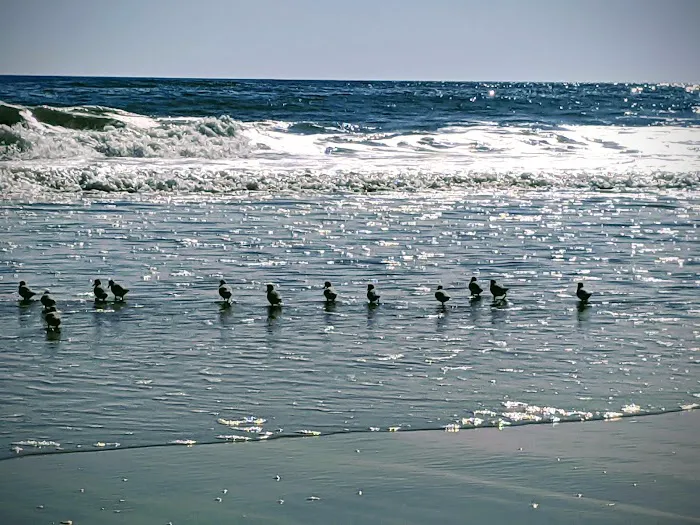
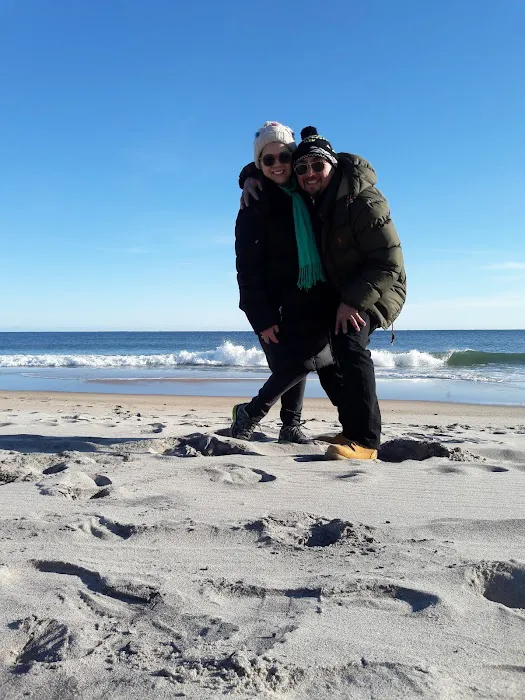
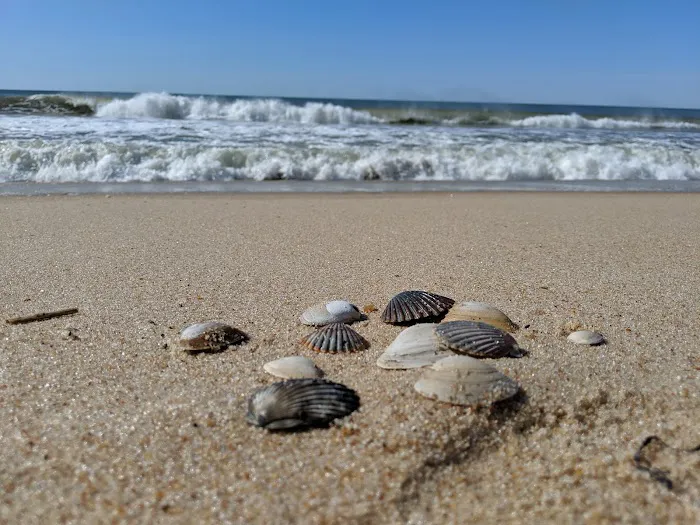
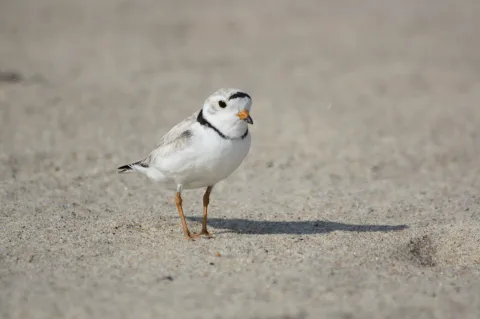
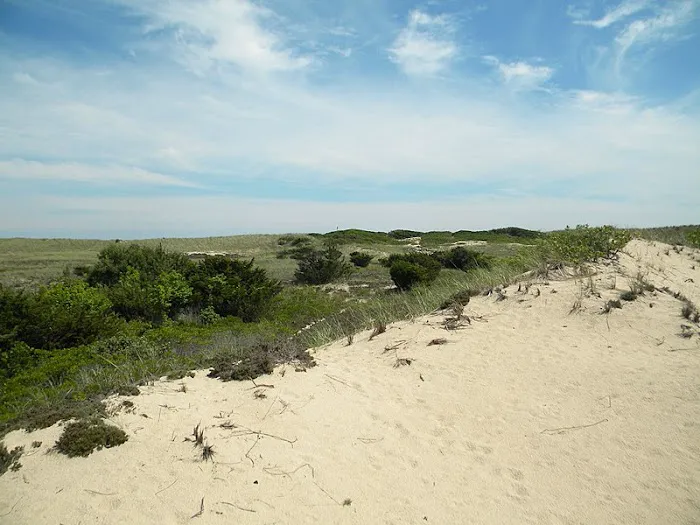
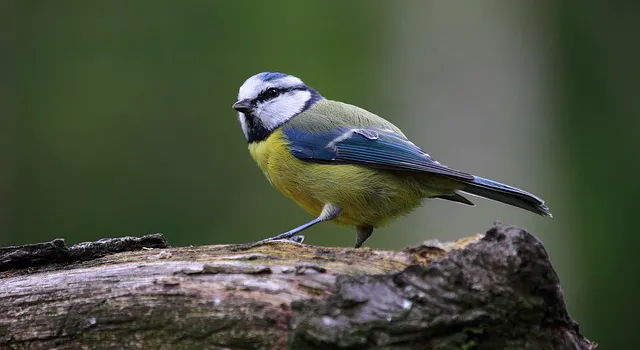

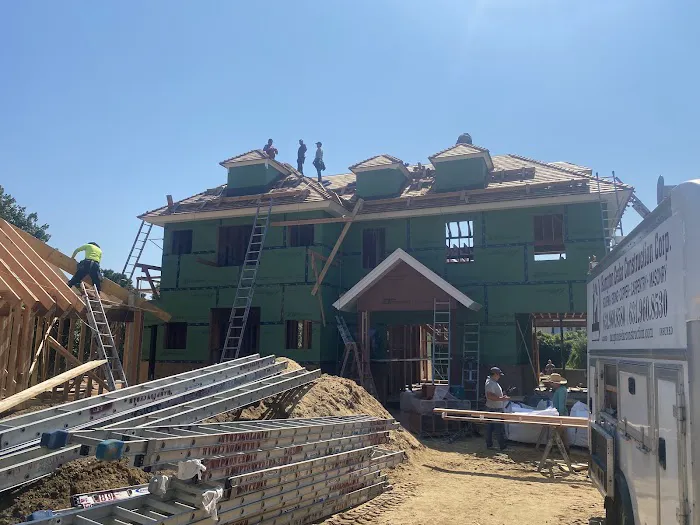
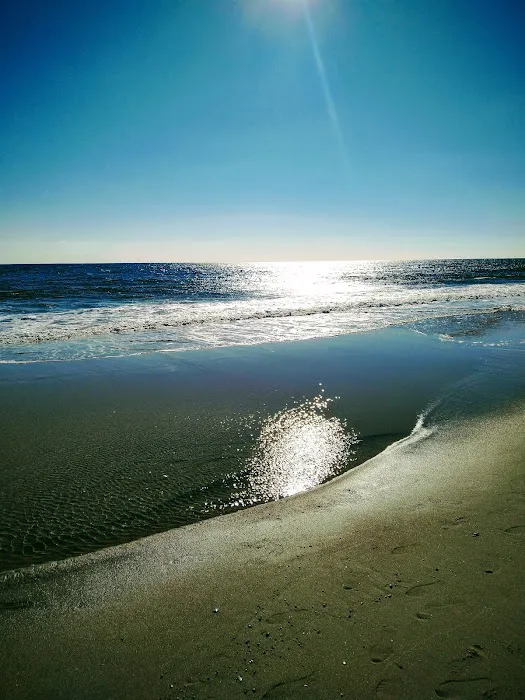
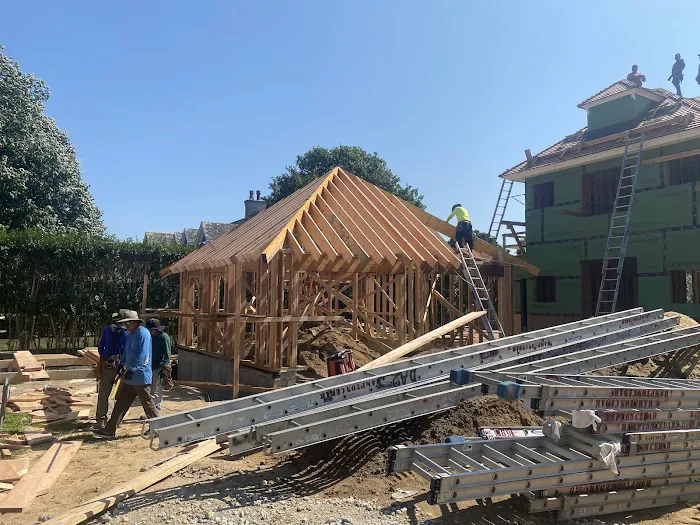
Amagansett National Wildlife Refuge Location
Amagansett National Wildlife Refuge
290 Bluff Rd, Amagansett, NY 11930, USA
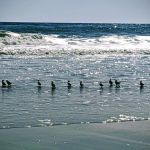 Amagansett National Wildlife Refuge
Amagansett National Wildlife Refuge290 Bluff Rd
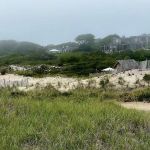 Atlantic Double Dunes Preserve
Atlantic Double Dunes PreserveBluff Rd
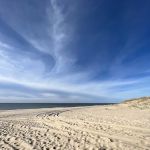 Atlantic Double Dunes Preserve
Atlantic Double Dunes Preserve381 Bluff Rd
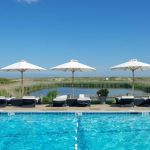 Ocean Dunes Apartments
Ocean Dunes Apartments379 Bluff Rd
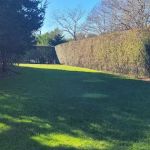 Sea Breeze Inn
Sea Breeze Inn30 Atlantic Ave
 434 on Main
434 on Main434 Main St
 The Roundtree Amagansett, a Small Luxury Hotel
The Roundtree Amagansett, a Small Luxury Hotel273 Main St
 The Reform Club
The Reform Club23 Windmill Ln
 Bayberry House & Garden Center
Bayberry House & Garden Center96 Montauk Hwy
 Journey East Hampton
Journey East Hampton490 Pantigo Rd
 Lee Hayes Youth Park
Lee Hayes Youth Park206 Town Ln
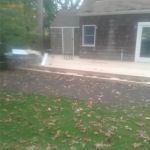 Bend In The Road Guest House
Bend In The Road Guest House58 Spring Close Hwy
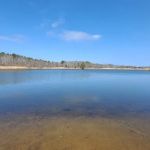 Fresh Pond Park, Amagansett
Fresh Pond Park, Amagansett266 Fresh Pond Rd
Amagansett National Wildlife Refuge Reviews
Beach & dune nesting area for piping plovers and least terns. Not much to see but the surrounding beaches and dunes are beautiful and uncrowded.
Jul 25, 2017 · Aaron McNallyBeautiful place. Can't wait to go back there
Mar 01, 2017 · nick nalepaBest beach on the planet.
Nov 22, 2022 · Patrick WilliamsWhat a gem love this place
Aug 06, 2020 · Jesse EislerLove it
Oct 11, 2019 · Romir Robles
More Scenic Spot
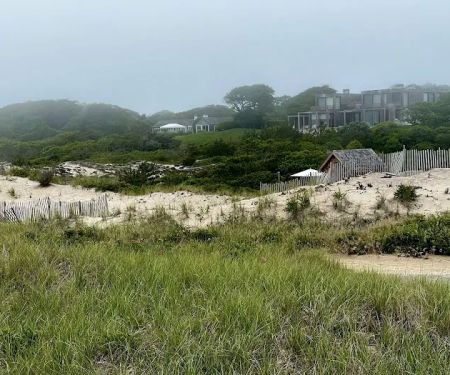 Atlantic Double Dunes Preserve0.0 (0 reviews)
Atlantic Double Dunes Preserve0.0 (0 reviews)Bluff Rd, Amagansett, NY 11930, USA
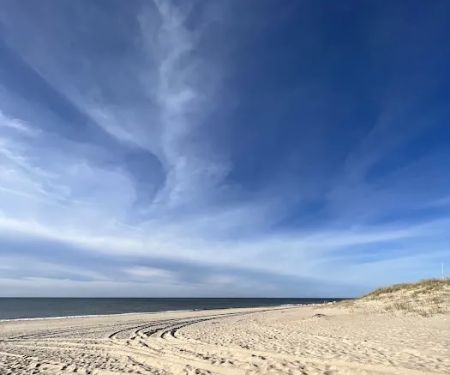 Atlantic Double Dunes Preserve0.0 (0 reviews)
Atlantic Double Dunes Preserve0.0 (0 reviews)381 Bluff Rd, Amagansett, NY 11930, USA
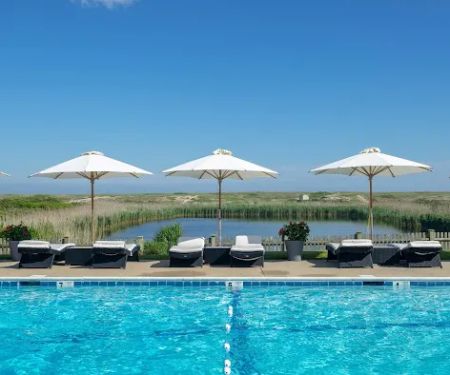 Ocean Dunes Apartments3.0 (27 reviews)
Ocean Dunes Apartments3.0 (27 reviews)379 Bluff Rd, Amagansett, NY 11930, USA
 Sea Breeze Inn4.0 (8 reviews)
Sea Breeze Inn4.0 (8 reviews)30 Atlantic Ave, Amagansett, NY 11930, USA
 434 on Main4.0 (41 reviews)
434 on Main4.0 (41 reviews)434 Main St, Amagansett, NY 11930, USA
 The Roundtree Amagansett, a Small Luxury Hotel4.0 (117 reviews)
The Roundtree Amagansett, a Small Luxury Hotel4.0 (117 reviews)273 Main St, Amagansett, NY 11930, USA
 The Reform Club4.0 (51 reviews)
The Reform Club4.0 (51 reviews)23 Windmill Ln, Amagansett, NY 11930, USA
 Bayberry House & Garden Center4.0 (5 reviews)
Bayberry House & Garden Center4.0 (5 reviews)96 Montauk Hwy, Amagansett, NY 11930, USA
 Journey East Hampton4.0 (94 reviews)
Journey East Hampton4.0 (94 reviews)490 Pantigo Rd, East Hampton, NY 11937, USA
 Lee Hayes Youth Park3.0 (38 reviews)
Lee Hayes Youth Park3.0 (38 reviews)206 Town Ln, East Hampton, NY 11937, USA
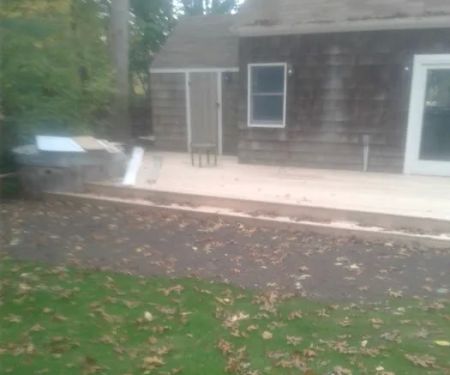 Bend In The Road Guest House4.0 (3 reviews)
Bend In The Road Guest House4.0 (3 reviews)58 Spring Close Hwy, East Hampton, NY 11937, USA
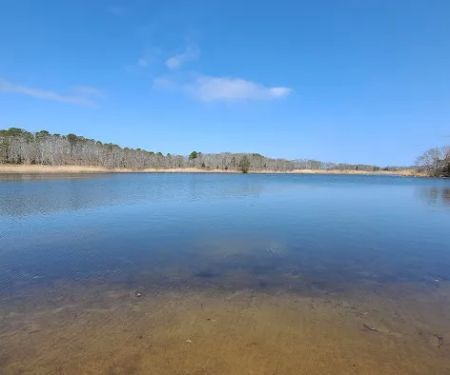 Fresh Pond Park, Amagansett4.0 (92 reviews)
Fresh Pond Park, Amagansett4.0 (92 reviews)266 Fresh Pond Rd, Amagansett, NY 11930, USA
Categories
Popular Camping Sites
 Coney Island Boardwalk Garden4.0 (75 reviews)
Coney Island Boardwalk Garden4.0 (75 reviews) The William Hotel Midtown, Sonder4.0 (555 reviews)
The William Hotel Midtown, Sonder4.0 (555 reviews)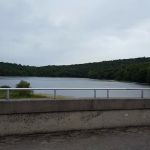 Shepard Lake Recreation Area0.0 (0 reviews)
Shepard Lake Recreation Area0.0 (0 reviews)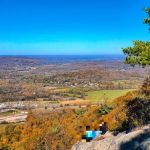 Stairway To Heaven4.0 (185 reviews)
Stairway To Heaven4.0 (185 reviews) Howard Bennett Playground4.0 (152 reviews)
Howard Bennett Playground4.0 (152 reviews) Isle of Meadows4.0 (10 reviews)
Isle of Meadows4.0 (10 reviews)Must-Read Camping Blog Posts
Most Searched Camping Sites
Trending Camping Blog Posts
 Top Group Travel Destinations in Europe: Best Places for Group Vacations
Top Group Travel Destinations in Europe: Best Places for Group Vacations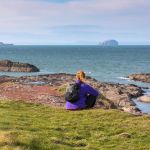 How to Get Involved in Travel Clans for Social Travel: Explore Group Travel Opportunities
How to Get Involved in Travel Clans for Social Travel: Explore Group Travel Opportunities Best Travel Clans for Sustainable Travel
Best Travel Clans for Sustainable Travel Travel Clans for Solo Travelers Looking for Company: Join Unique Travel Communities
Travel Clans for Solo Travelers Looking for Company: Join Unique Travel Communities Best Group Vacation Destinations for Friends: Ultimate Travel Ideas
Best Group Vacation Destinations for Friends: Ultimate Travel Ideas Best Travel Clans for Women Traveling Together
Best Travel Clans for Women Traveling Together 
